Setting up a Swarm Trap
After my last experience with purchasing packages of honeybees, I decided that I did not want to do it again. The process for creating packages and how they are handled are cruel and I am pretty sure the system is very harmful to the bees. Since I started getting packages of bees, more than ten years ago, there have been so many issues. I have ordered packages from various places in the hopes that some would be better than the others, but they have not been.
Every package I have received has had little to no sugar water left and they had been in the boxes for too long. There have been packages with way too many dead bees and packages with dead queens. The bees arrive stressed out and struggling to live. It is one of the many issues that are affecting the health and wellbeing of honeybees. And I don’t want to be a part of it.
I got into beekeeping for selfish reasons, my zucchini wasn’t getting pollinated well and I wanted that change. As I learned more about the bees and worked with closely with them, I realized that we should be doing so much better for them. We need to be taking better care of our earth, being mindful of our consumption and how we use things in our lives. We need to be extremely careful with how we treat the soil and the plants, these things nourish us and all of the life on earth in one way or another. Mostly, we need to start seeing that all of these things are connected and all of our actions have consequences that we might not even know about or understand.
Since I am not going to buy packages anymore, what options do I have to get bees? There are two main options for me. The first one being that I can find a local beekeeper that also creates nucleus (nuc) colonies to sell and the second would be to catch swarms. There are pros and cons to both of these options, but in my opinion, catching swarms is the best way to get bees into your hives.
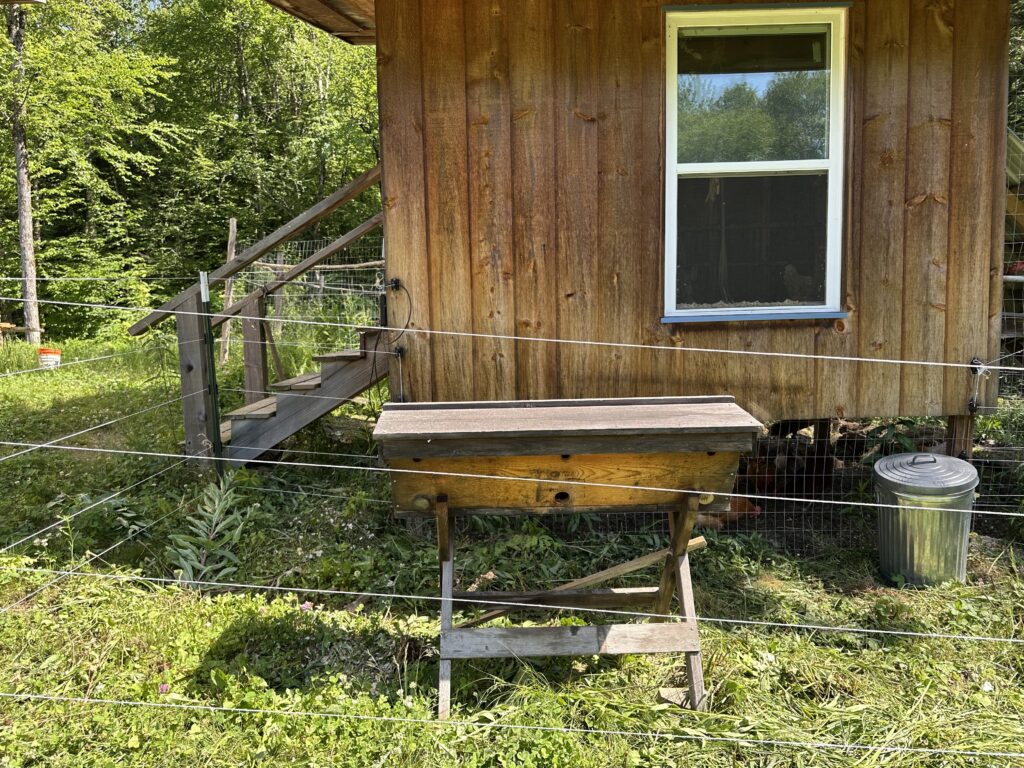
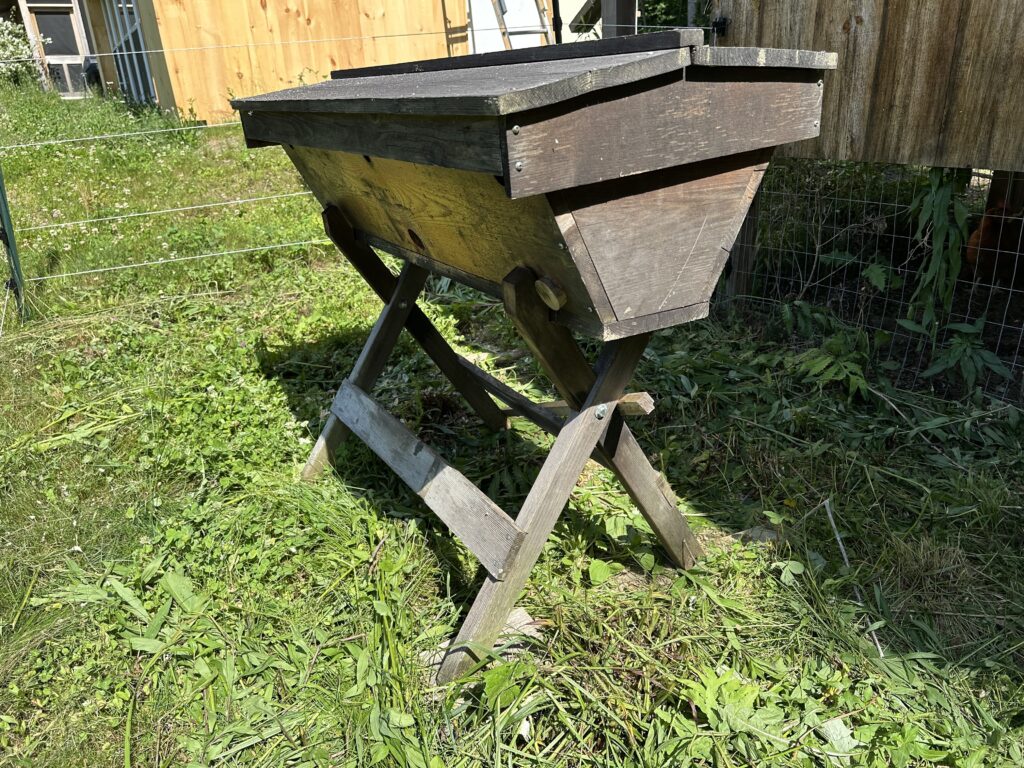
Swarm catching is a fascinating thing! Some beekeepers wait until someone contacts them about a swarm that they have seen and other beekeepers put out swarm traps. Swarm traps can be made out of many different things, but often they are smallish boxes that fit some bars or frames in them to attract the bees. If the bars or frames have been used before they will smell like wax and honey and when the temperatures rise the scent becomes strong and will call to the bees.
If a colony is getting too big and wants to multiply they prepare to swarm. Swarming is a natural way for bees to divide the colony and spread their genes. During this period of preparation the colony will start looking for new places to live, scout bees will leave the hive in search of good places to relocate to and the bees will also convince the queen to lay eggs into what beekeepers call swarm cells. These are cells where the queen lays eggs, but they are usually built on the outer edge of the comb and are designed with queen rearing in mind. Healthy colonies will create lots of these cells and the queen will lay fertile (female) eggs in them and the nursery bees will feed them and tend to them as if they are to be the next queen.
Once those cells are capped off for the larva to pupate the colony will prepare to split. The current queen and about thirty to fifty percent of the workers will eat a good amount of honey, because they don’t know when their next meal will be, and then they leave the hive. At this point, the scout bees have already agreed upon a place to land and they will direct everyone to that location. It is an incredible sight to see thousands of honeybees leaving the hive at one time to move on! The remaining bees will stay and continue their work and they will assist in the arrival of the new queen and the disposal of any other queen. Once the new queen has pupated and is ready, she will head out on a mating flight and return to the colony to lay the eggs that will become all of the different bees in the hive.
If that swarm moved into a swarm trap then the beekeeper can collect them from the trap and move them into a hive. If they landed somewhere else, usually a tree, they can be caught and moved into a hive. Swarms are a sign of healthy bees. Colonies that are thriving and expanding need to swarm and in doing this they pass on their healthy genetics. It is a natural reproductive system for bees, so swarms are usually pretty healthy when they are caught.
My hope is to try to catch a swarm. I was a bit late getting the trap set up, but our season starts much later here. I know that there are honeybees around, I have seen them in the gardens and on the plants here. This year, I decided just to set up a hive and try to lure them in that way. The hive has bars that still have some wax on them and I added a few drops of lemongrass essential oil to make it smell like home to them. Each day I will observe the hive for signs of interest. If I see honeybees checking it out, they could be scout bees and that could be a good sign. It could also mean that they are just smelling the good scents and checking things out!
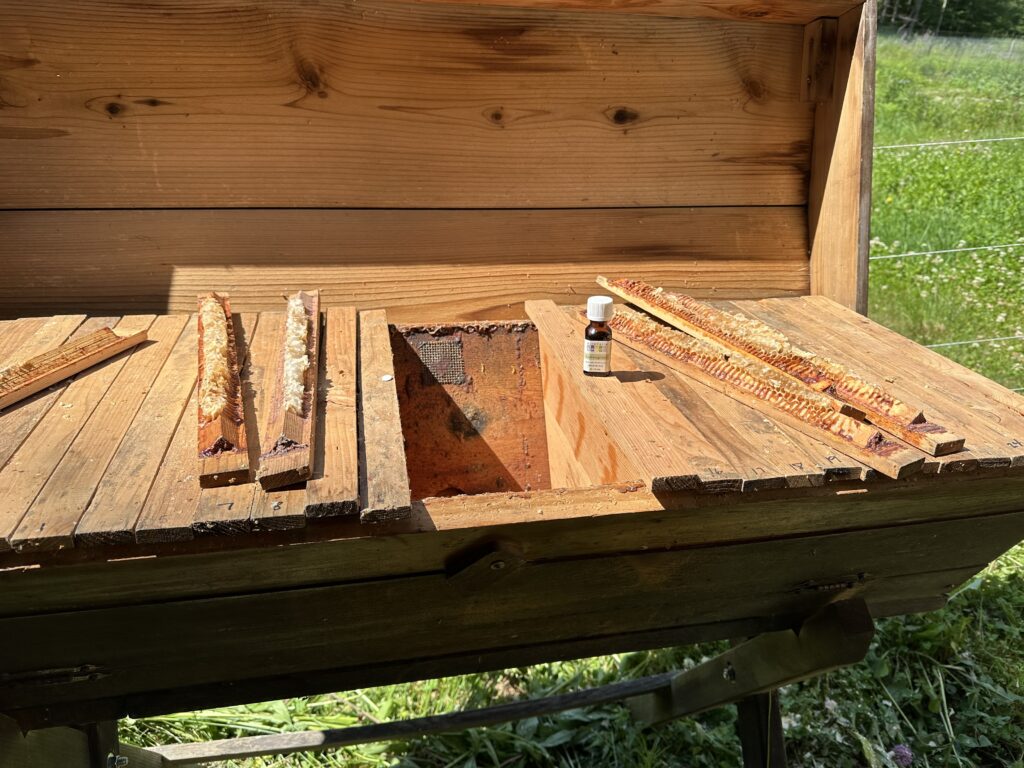
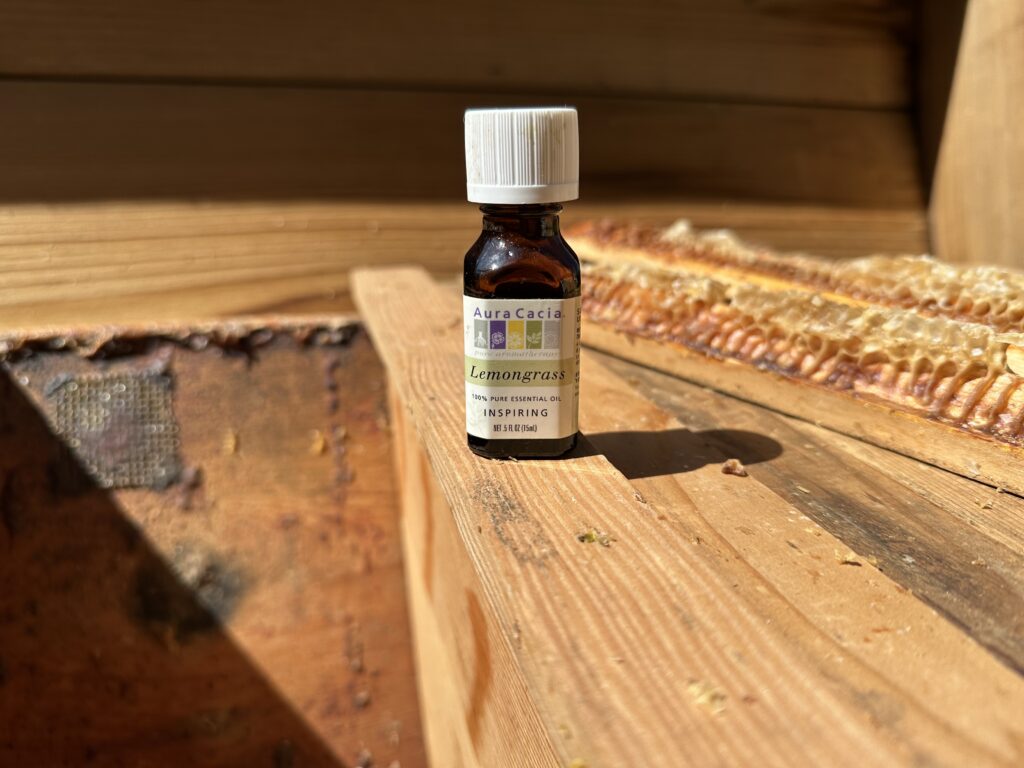
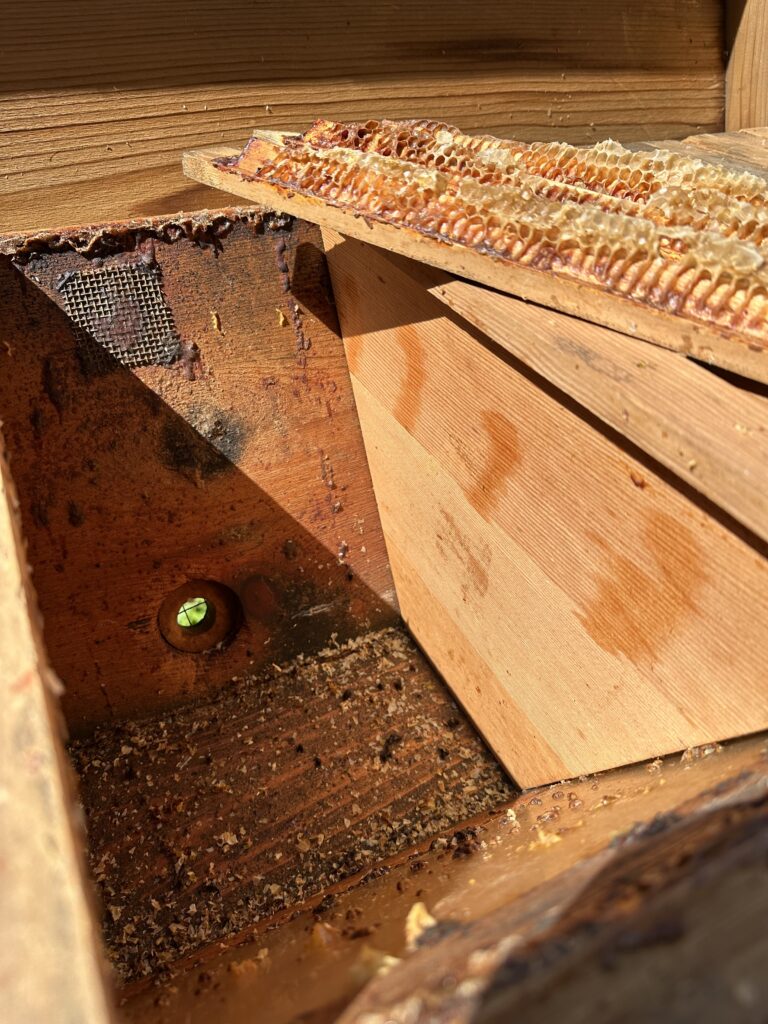
Up here in the mountains there are not a lot of honeybees, so if I am not able to catch swarms I will have to look into getting nucs. The problem that I will run into is that I keep top bar hives and they are not compatible with Langstroth hive equipment, which is what most beekeepers use. I will keep researching my options, but I refuse to buy packages and continue to support this cruel and harmful business model.
Wish me luck!